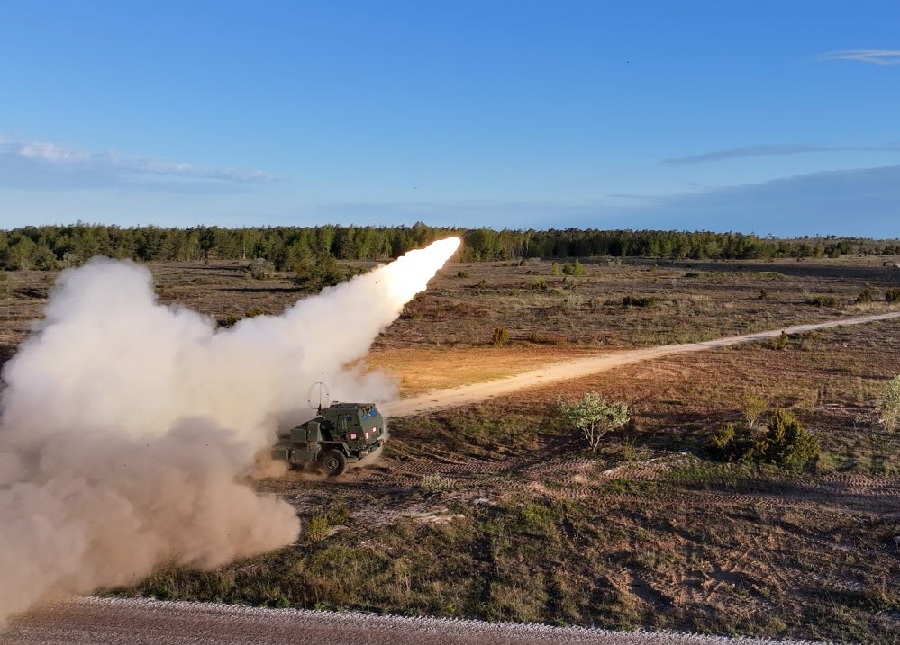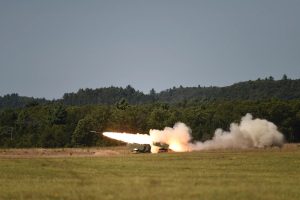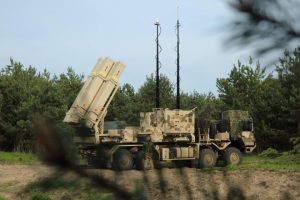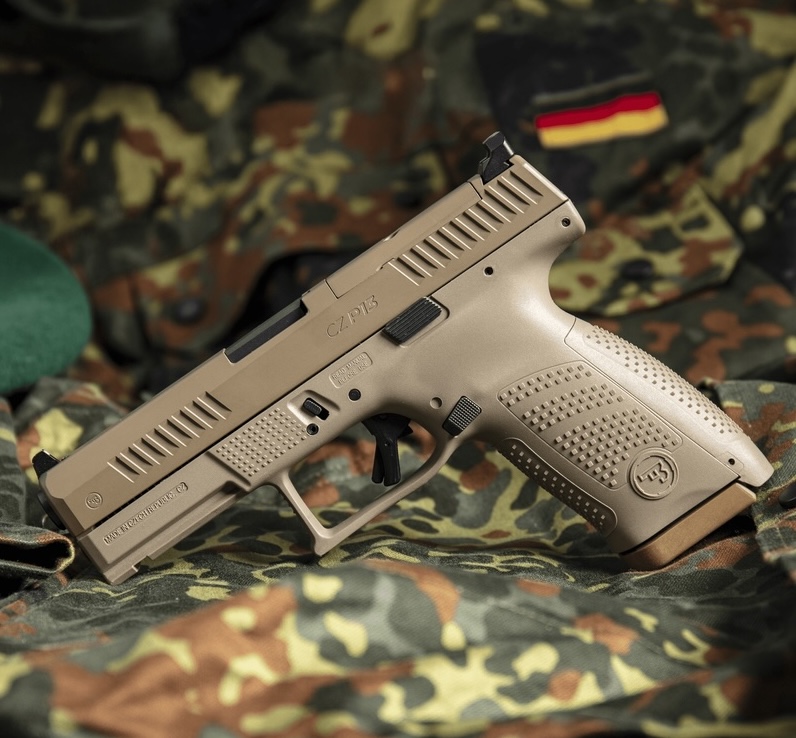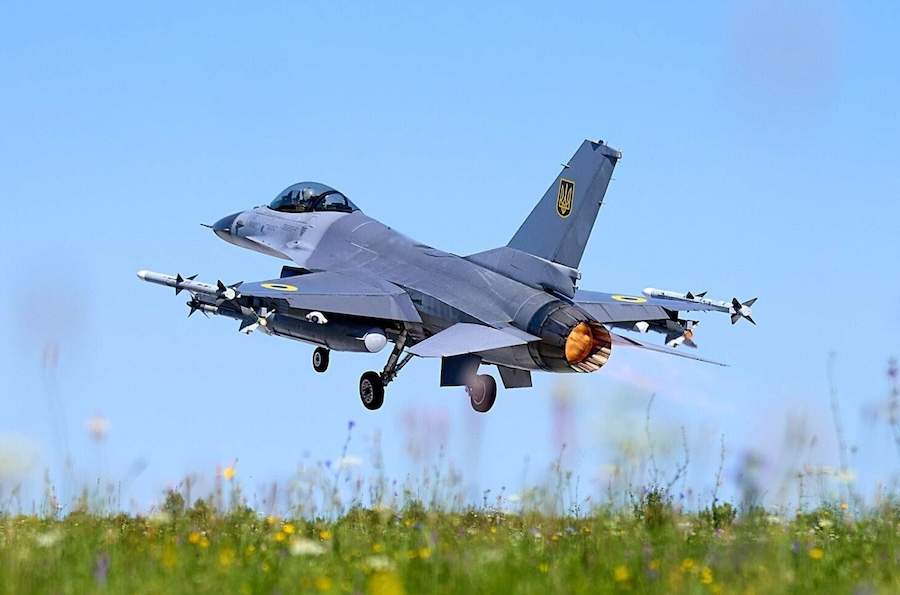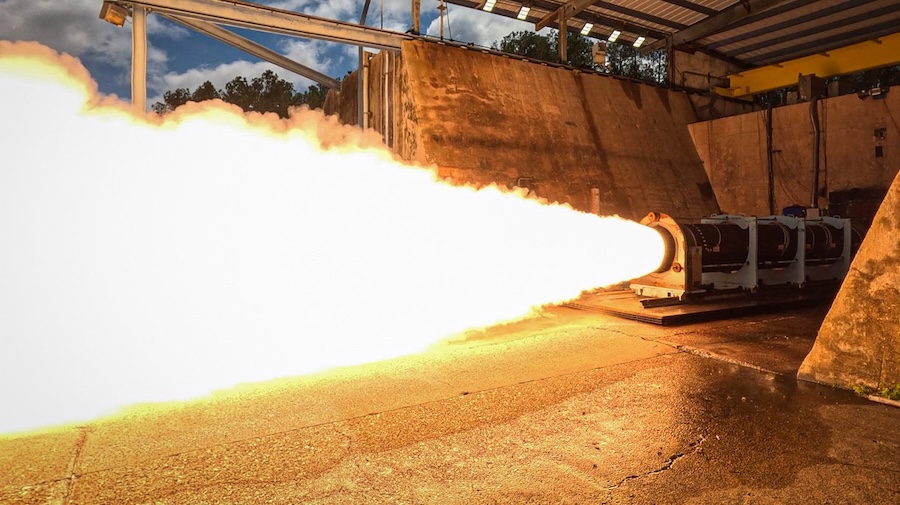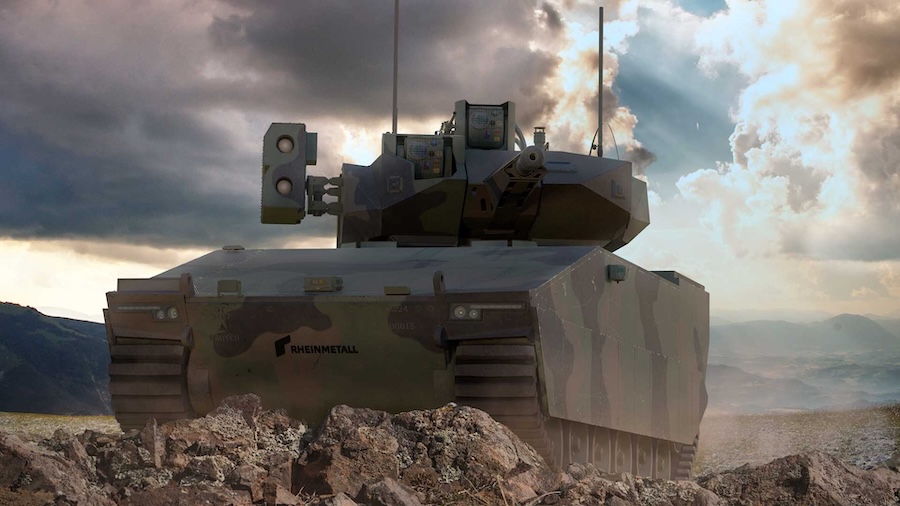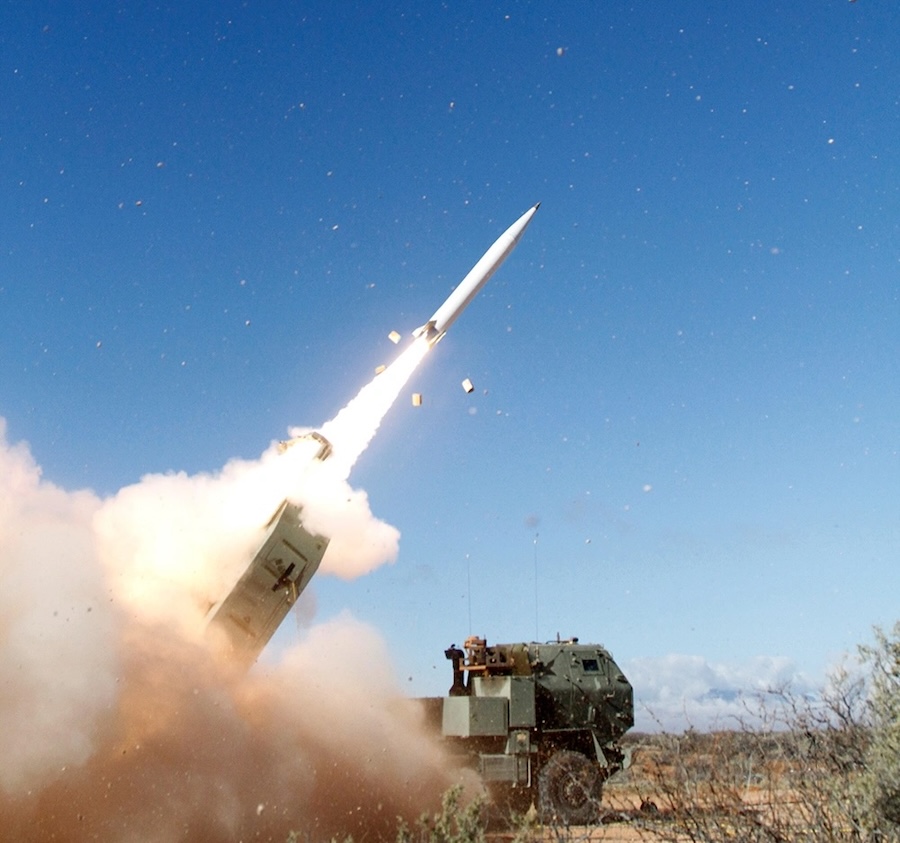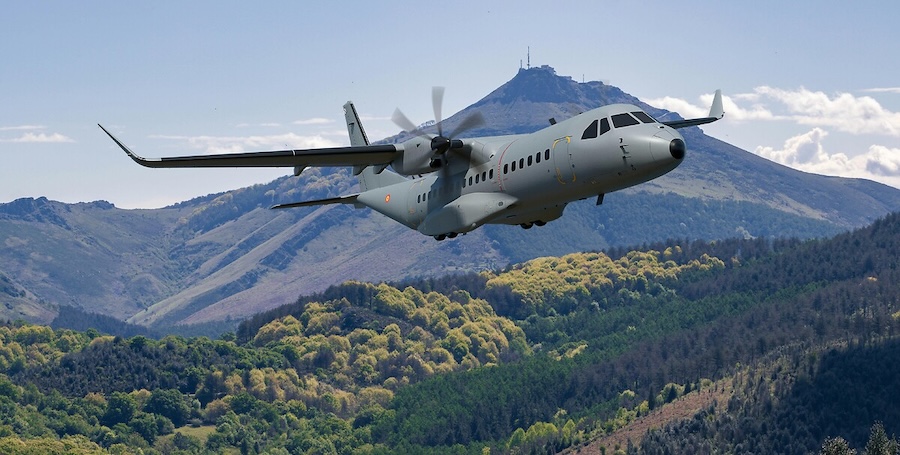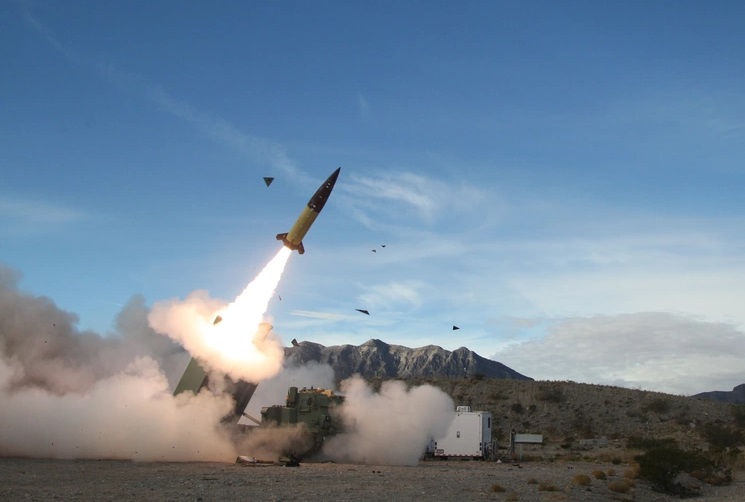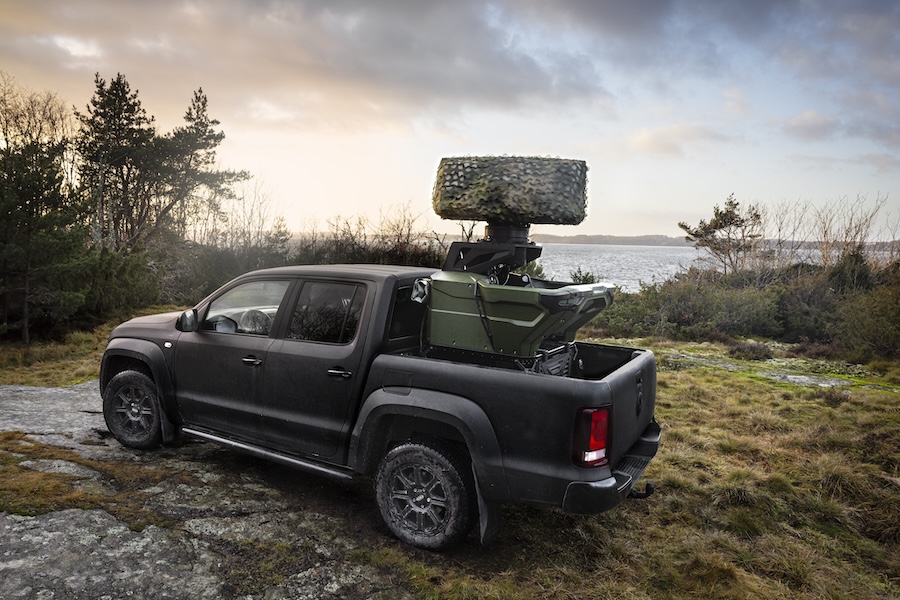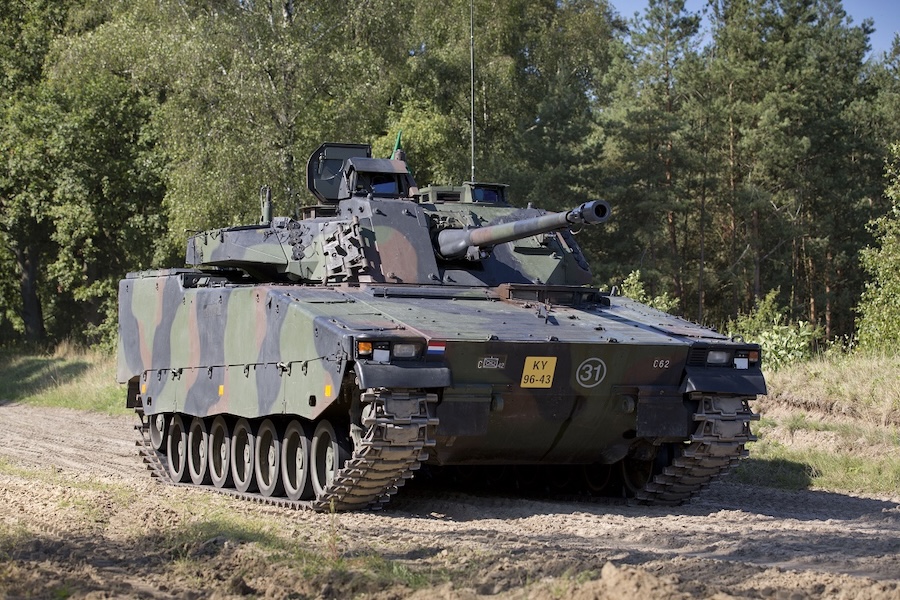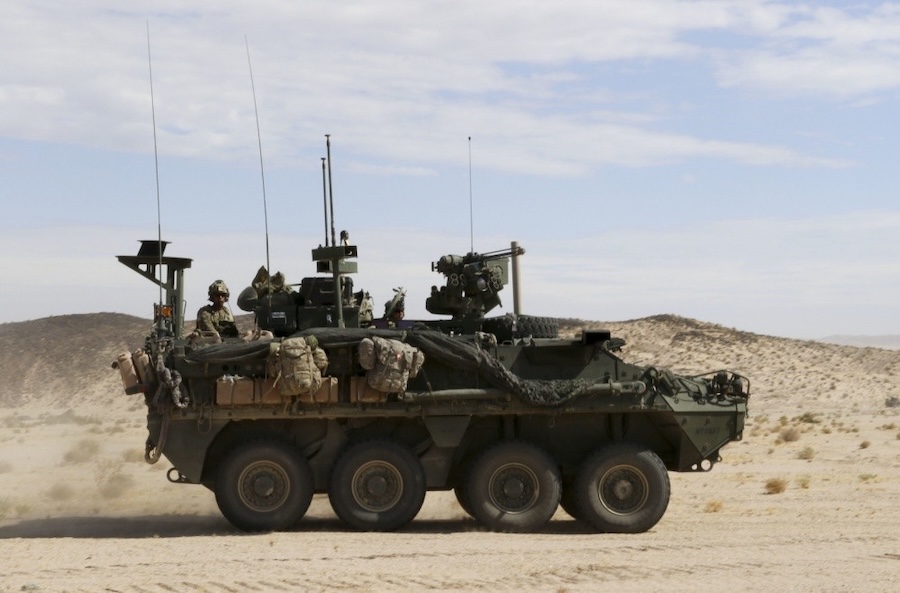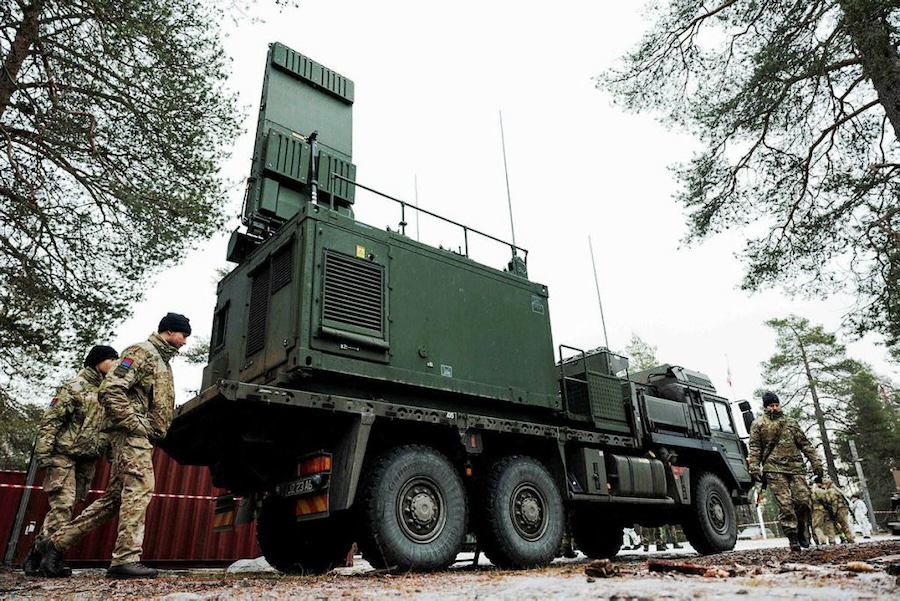Captain Justin Miller of the U.S. Marine Corps led the unit conducting live firings with the HIMARS (High Mobility Artillery Rocket System), which has been deployed in three countries within days. “At midnight we boarded the plane in northern Norway. A few hours later, we rolled off the aircraft here on Gotland and were able to conduct a synchronised firing with the British unit,” he said.
The artillery strikes were the central component of Swift Response 25 on Swedish soil, aimed at testing the rapid reinforcement of strategically important Baltic Sea locations with UK and US forces. The HIMARS systems played a crucial role in demonstrating long-range artillery capability during rapid deployment operations.
The exercise began with the airdrop of approximately 110 paratroopers from the British Army’s 2 Para Regiment, part of its airborne forces. “What we’re doing in this scenario is entering and securing a forward base to which we can bring reinforcements,” explained Lieutenant Colonel Chris Hitchins, commanding officer, shortly after landing in a field north of Visby.
The secured base, a road stretch known as Brorakan, enabled the arrival of transport aircraft from the UK, US, and the Netherlands within less than 24 hours. The exercise represents the first time HIMARS and MLRS (Multiple Launch Rocket System) have fired live rounds on Gotland.
“We call this a HIRAIN – High Mobility Artillery Rocket System Rapid Infiltration,” said Major Seth Pearson of the US Army, who led the exercise. “It’s part of our effort to develop the ability to quickly deliver long-range artillery capability to strategically important locations with air assets. Gotland, as most know, is a key piece in the defence of NATO’s eastern flank.”
Swedish participation in Swift Response focused on facilitating allied movement and offering limited opposition forces to the incoming units. “It is one of Sweden’s more important roles in NATO and something the whole society must be prepared for,” said Major Johan Hellborg, exercise leader for the Swedish side. “We will see more and more of this kind of host nation support and facilitation of allied troop movements in the future.”
Swift Response forms part of the larger US-led Defender 25 exercise, involving around 25,000 personnel across Europe. Major Pearson underscored the strategic intent behind the drill: “Given the security situation in Europe, we want to show that we have the capability and the capacity to reinforce key locations with both troops and relevant systems.”




